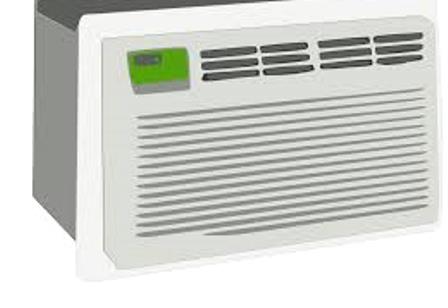
Vehicle A/C News
Vehicle A/C News
Cleveland Scrap Cars continues our forum of the latest in auto scrap and recycling news. We seek to be much more than simply a provider of money for a junk car, or a wrecked car buyer. As a salvage car buyer we are constantly keeping abreast on the auto related happenings. The value of a junk car has diminished significantly this year, hence, the reduction in the amount of money for a junk car that sellers are receiving. The junk car scrap market is heavily influenced by the scrap steel price, which is the primary source of the problem. Those seeking a wrecked car buyer or salvage car buyer in NE Ohio should contact us today.
A report titled ‘How does the air conditioning in my car work?’ on allaboutautomotive.com explained the following: “A vehicle’s air conditioning (A/C) system doesn’t create cold air; it takes heat & moisture out of the air that is in your car, leaving behind cooler air. Freon/refrigerant is in the (A/C) system and the a/c compressor compresses it into a high-pressure state causing it to liquefy. Next, the freon/refrigerant is sent to the condenser, which is similar to a small radiator that puts the liquid in contact with fresh air outside, which absorbs the heat from it. It then flows into the expansion valve or orifice tube where it becomes gaseous. Then it flows into the receiver dryer/accumulator that contains a desiccant bag to remove & collect moisture and impurities. The clean gaseous freon/refrigerant then travels through the evaporator. The freon/refrigerant in its gaseous state is now able to absorb heat from the air passing through, leaving behind the cooler air. Fans blow this cooler dry air into the car’s cabin and the refrigerant travels back to the compressor to begin the process again.
The freon/refrigerant also carries dispersed oil that helps to keep the (A/C) compressor lubricated while operating. Freon/refrigerant staying charged or in a full state is crucial to the proper operation. R-12 used to be the commonly used freon/refrigerant before 1994, when the EPA required R-134 freon/refrigerant to be used, which is better for the environment.” The complete report is available here.
“The EPA’s Significant New Alternatives Policy (SNAP) program that was part of the Clean Air Act ensures the smooth transition to alternatives that pose lower overall risk to human health and the environment. The SNAP program evaluates and finds acceptable substitutes for ozone-depleting substances. Under the SNAP program, EPA has found acceptable, three low global warming potential MVAC refrigerants: HFC-152a, hydrofluoroolefin (HFO)-1234yf, and carbon dioxide (CO2). CFC-12, the refrigerant used in MVACs until the 1990s, is a Class I ozone depleting substance, which means that its release into the atmosphere results in the destruction of the ozone layer. The ozone layer is present 10 to 30 miles above the earth’s surface and it protects us from harmful ultraviolet (UV) radiation.” The full EPA report is available at this link.
The junk car scrap business
The current junk car scrap market is experiencing some extremely low prices, stemming from the commodities markets that influence how much money for a junk car one receives from a salvage car buyer. This pricing regression is a global problem, thus any wrecked car buyer is impacted by the effects. Cleveland Scrap Cars provides money for a junk car and provides you a fast quote for the value of a junk car right over the phone. If you accept our quote, we dispatch our scrap car removal team to retrieve your vehicle.